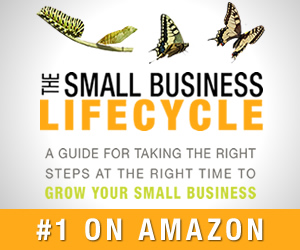Lord knows, you can use all the help you can get when you’re self-employed. There is plenty of anecdotal evidence that using affirmative, present tense statements can help you get the things you wish for.
But sometimes affirmations just don’t feel right, or, they feel okay, but they don’t work. What’s up with that?
Into the Labyrinth
For centuries, wisdom seekers have worked with various symbol systems in their efforts to understand the relationship between intentions and results. One such symbol system is the labyrinth.
(There’s an interactive image of the labyrinth at Chartres here.)
What can the labyrinth show us about how intention is transformed into results?
Begin by imagining that we enter the labyrinth with a goal or intention in mind, and that how we state and embody the intention is going to affect our journey of transformation. In other words, how we start does make a difference.
Now, imagine walking the labyrinth, and ask yourself how the twists and turns, the straight and crooked segments of the path, might affect our original intention.
What is it like to hold this intention and affirm our goals as the labyrinth asks us to double back, appearing to lose ground?
What is it like to find ourselves rather surprisingly in a different quadrant of the circle?
Cause and Effect: It’s Not What You Think
Walking a labyrinth, like any transformational experience, means being willing to experience sudden shifts in perspective as we move toward our goal. Sometimes that means the goal itself will change.
And that’s where a simplistic approach to affirmations breaks down, because sometimes affirmations that made sense last year or last week aren’t relevant today.
Who we are and what we want as we emerge from the labyrinth can be profoundly different from who we were and what we planned at the start.
This means we need to be careful about how we understand the relationship between intention and result. That there is a relationship is apparent, but to imagine that the relationship is one of cause and effect oversimplifies and distorts what’s going on.
Practice
What does this mean for the use of affirmations?
First, trust yourself. If stating your goals in the present tense feels powerful and meaningful, then do it.
Second, observe yourself. Pay attention to what moves in you when you use affirmations so that you can respond to the process of transformation and collaborate with the ways you are being called to show up and co-create outcomes.
Sometimes it will feel right to declare an as-yet-unmanifest outcome as current reality. Sometimes it will feel uncomfortable, yet useful because it challenges you to step out of your comfort zone. Sometimes it will simply feel wrong.
Curiosity: The Master Skill
Whatever you experience, be curious.
What is it about this desired-for thing that feels unreal when you claim it, out loud and in present tense?
Does this feeling point to some inner or outer work you need to do to narrow the gap between how things are and how you want them to be?
If an out-loud, present tense declaration feels powerful and true, how come? What are you knowing, being, or sensing that gives rise to this feeling of certainty?
What i the physical attitude or posture, mood, and set of beliefs that correlate with this experience?
Does this way of being feel sustainable?
Is there inner or outer work that wants to be done from this place?
Image credit: Peter Shanks



Speak Your Mind